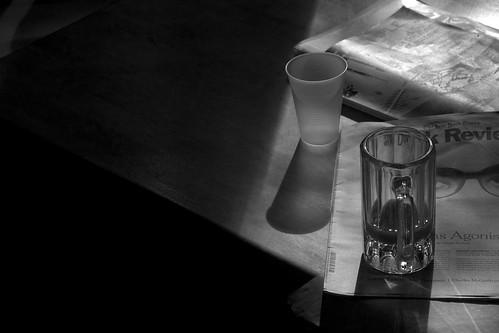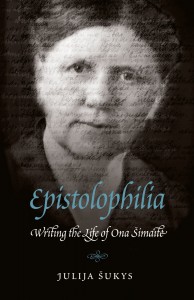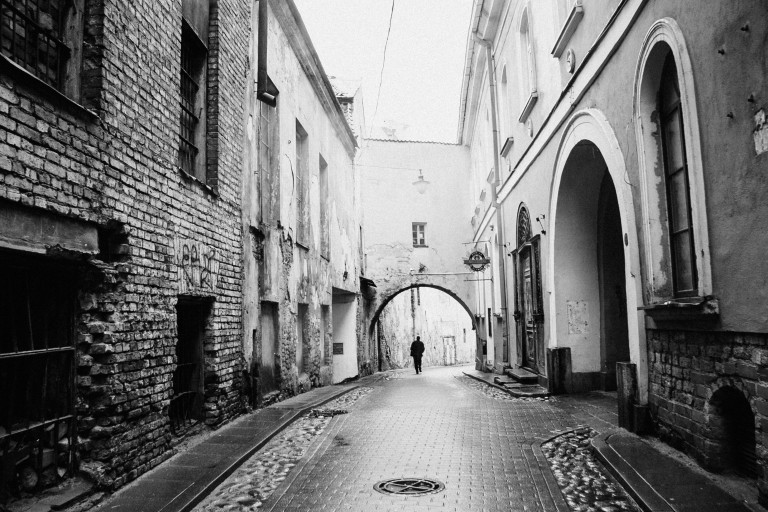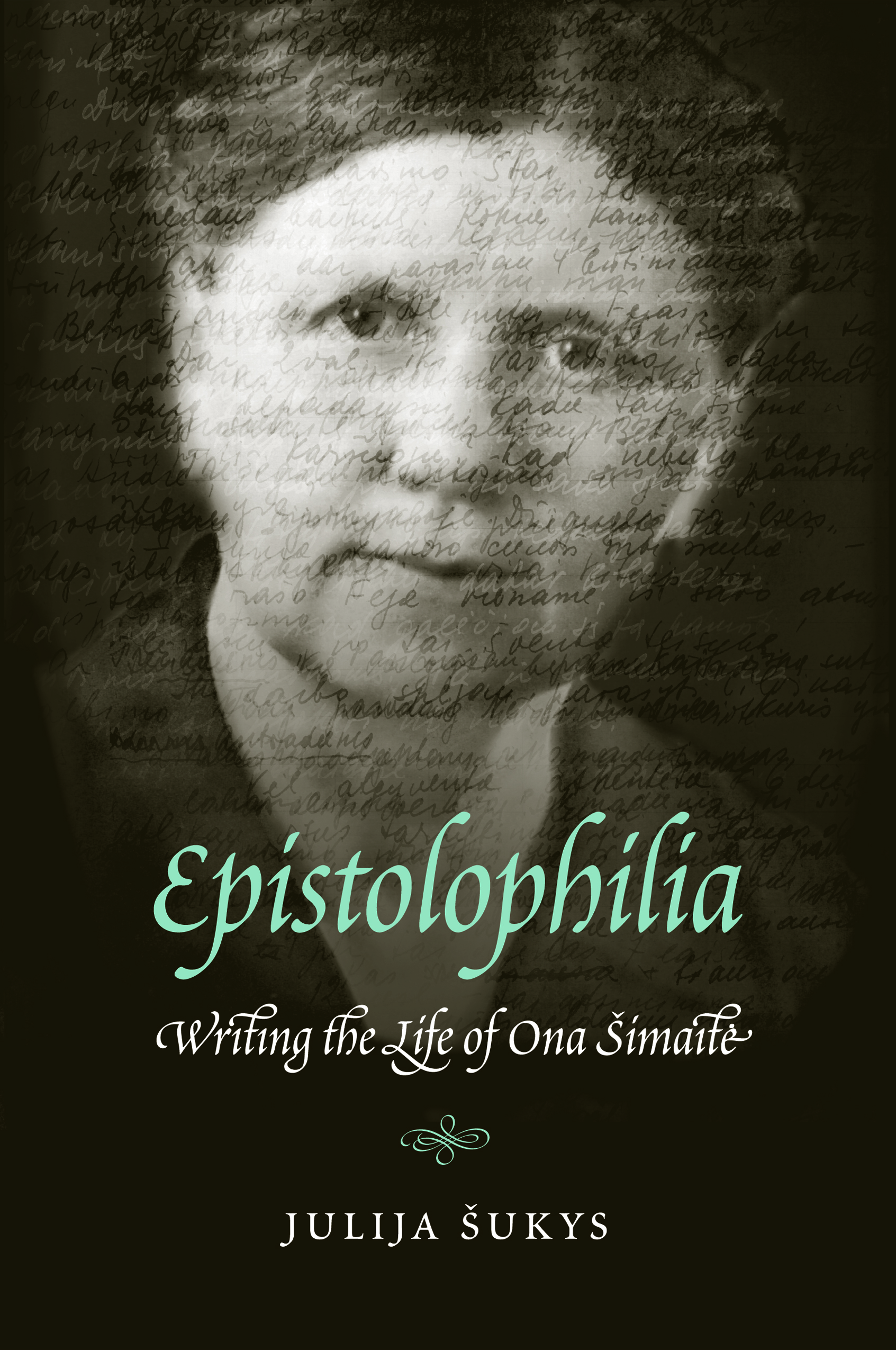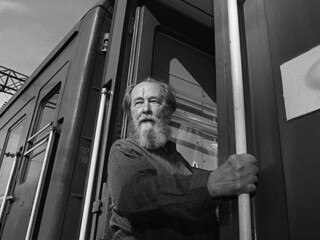
This morning I read a really interesting conversation with Michael Scammel, the biographer of Alexsandr Solzhenitsyn and Arthur Koestler. A lot of what Scammel said about his path to biography resonated with me. He describes having wanted to become a fiction writer in his twenties (just as I did), only to find that he “didn’t have the stamina for it.” The urge to be a biographer crept up on him without his realizing it. And the questions of biography — of how tell a life in an engaging and instructive way — came to him naturally (just as they have to me).
Scammel talks about what a biographer must do: wear learning lightly, entertain as well as instruct, write what is genuinely fact-based, and hone the novelistic skills of setting a scene.
What a biographer must never, ever do, Scammell underlines, is lie. “The oath is against invention,” he stresses, “if you’re not sure of something, you don’t put it in.” The one way around uncertainty is to speculate, but honestly. “You have to confess and say, ‘This is what I think may have occurred, but I can’t prove it.’ And that way you have your cake and eat it too.”
All in all, it’s a great conversation. Reading Scammell’s descriptions of his process, I recognized many of my own struggles writing Epistolophilia, but, I must admit, that something was nagging at me as I read this interview — I couldn’t help wondering: well, what about women?
In the whole conversation, only one female biographer, Janet Malcolm (author of many books, including Two Lives: Gertrude and Alice) is mentioned. And, interestingly, she’s held up as an exception in her approach to biographical writing, since her books “aren’t biographies in the usual sense.”
This is no coincidence. It seems to me that there’s a gender divide in biography.
Women writing about women almost always produce texts that aren’t “biographies in the usual sense.” This is because women’s lives (and here I’m thinking both of female biographical subjects as well as female biographers) are structured differently and have different rhythms and arcs than male lives (or, I suppose, “usual lives”). It’s something I grappled with in a chapter called “Writing a Woman’s Life” in Epistolophilia. Here’s an excerpt:
Why have women traditionally written so little when compared with men? And what needs to change in women’s lives in order to make writing possible? Why have women been so absent from literary history? The answer, Virginia Woolf tells us in A Room of One’s Own, lies in the conditions of women’s lives. Women raise children, have not inherited wealth, and have had had fewer opportunities to make the money that would buy time for writing. Women rarely have partners who cook and clean and carry (or share equally) the burden of home life. Our lives have traditionally been and largely continue to be fractured, shared between child care, kitchen duties, family obligations. To write, what a woman needs most is private space (a room of one’s own), money and connected time (that only money can buy). Woolf wrote her thoughts on women and writing in the 1920s, a time before all the ostensibly labor-saving devices like washing machines, slow cookers, microwave ovens, dishwashers and so on. Most North American women now work outside the home, and most can probably find a corner in their houses to call their own. Problem solved? No. Despite all this, we still find ourselves fractured and split.
Women biographers often enter into the text to dialogue with their subjects, instead of vanishing in the shadow of her creative achievement (which, Scammell’s interviewer Michael McDonald reminds us, used to be the mark of a good biographer). Increasingly, we do not take up Ecclesiasticus’s call, “Let us now praise famous men.” Instead, more and more of us answer the faint call of foremothers to excavate their invisible and unknown lives out of the detritus of the past.
When Scammell explains his reasons for abandoning an initial attempt to insert himself into Koestler’s story, choosing instead to write the biography in the “usual third-person style,” I respect his reasoning. First-person narrative, in his context, may indeed have been distracting and mightn’t have added much value to the text.
In a weird way, I sympathize accutely, because I desperately wanted to write a “straight biography” of my subject, Ona Šimaitė in the “usual third-person style.” It didn’t work.
“The conventions are there for a reason,” says Scammell. Perhaps.
And they work very well for certain tasks, like praising famous men. They don’t, however, work so well for telling the lives of obscure women.
I learned this the hard way.
After reading this interview, I’m left with many questions. Here I am on the eve of publishing a biography of a woman, and I wonder about the gendered aspect of the genre that has chosen me. Will women biographers, feminist biographers, and archaeologists of the feminine past forever be considered exceptions, curiosities, and breakers of convention? How wide must the margins grow before they finally touch the centre? Will women’s biography ever become simply biography “in the usual sense”? And if it did, what would we think?
[Photo: Alexander Solzhenitsyn, by openDemocracy]
This post is part of a weekly series called “Countdown to Publication” on SheWrites.com, the premier social network for women writers.

